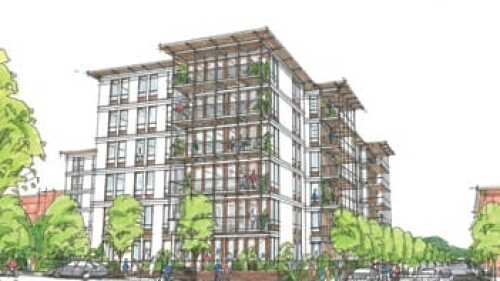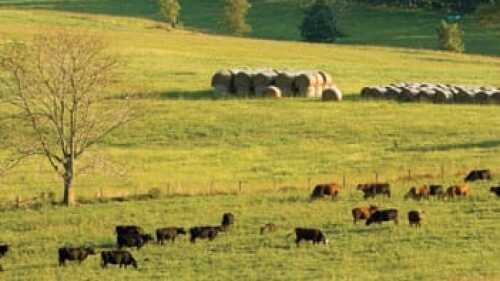Emerging Trends
At one time, highway teardown projects in urban U.S. cities were rare, with about one occurring each decade. In the 1970s, Portland closed Harbor Drive. In the 1990s, San Francisco tore down the Embarcadero Freeway. And in the 2000s, Milwaukee removed the Park East Freeway spur. But this decade, freeway removal projects are gaining popularity. Read a list of the top 10 highway teardown projects based on progress made toward teardown.
At a time when the real estate market is anemic, student housing development is relatively robust. Long considered a laggard in the multifamily sector, student housing is becoming a standout as more developers are taking a harder look at the field, in light of rising rents and increasing enrollments. Learn what any entrepreneur should do before delving into this potentially lucrative housing sector.
Portland, Oregon, developer Mark Desbrow formed Green Light Development to pioneer a 45-unit independent living cooperative, called the Sheldon Cooperative. Read about some of the advantages the independent cooperative housing model offers buyers, as well as developers, compared with the more traditional models and services offered by condominiums.
Vibrant parks can serve as a catalyst for economic regeneration of urban areas. Amanda Burden, a commissioner with the Department of City Planning in New York City and previous recipient of ULI’s J.C. Nichols Prize for Visionaries in Urban Development, moderated a session with leading thinkers in park development across the country. Read about the successful efforts in New York, Detroit and Houston and how these parks have spurred development.
Conservation development technologies have been around for decades, but only in the past few years have developers, conservation organizations, landowners, and local governments begun to understand the potential of these technologies to link land conservation with land development while providing meaningful protection of natural resources. In addition, ample evidence exists that shows homebuyers will pay premium prices to live next to nature, green space, and even certain types of agriculture.




